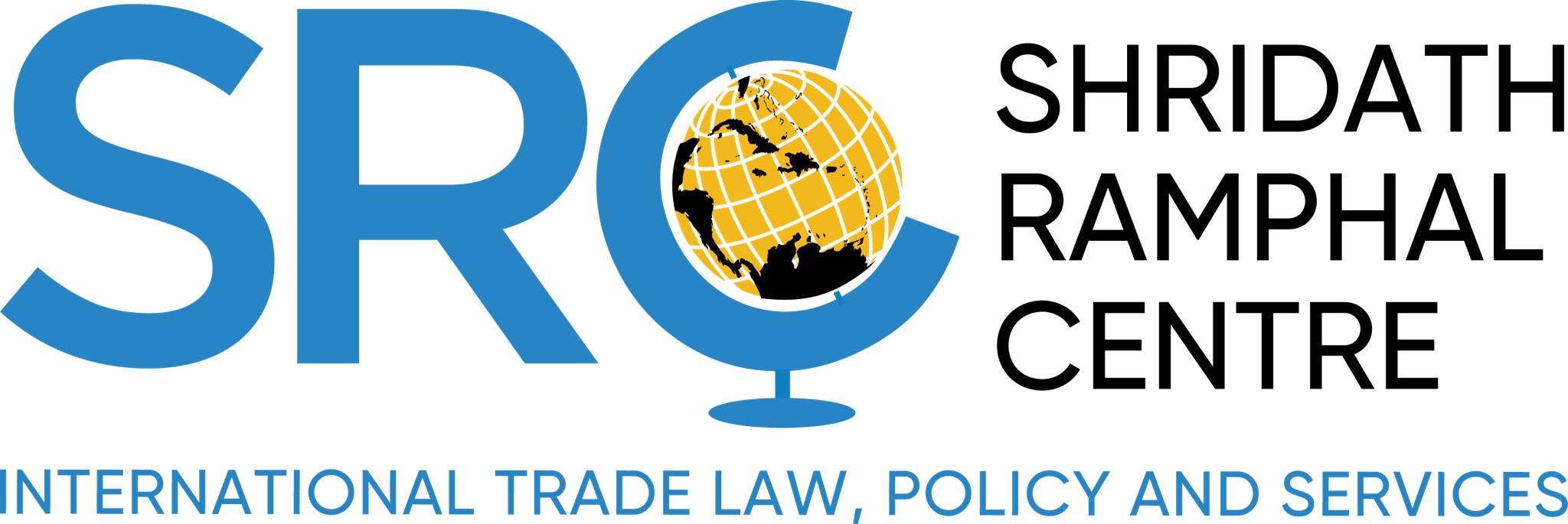By Alicia Nicholls and Jan Yves Remy
For geographic purposes and statistical convenience, the Caribbean sub-region is often subsumed under the umbrella of Latin America and the Caribbean (LAC). Despite some improvements, it too often seems as though the “C” in “LAC” is little more than an extra letter given the negligible attention devoted to the Caribbean subregion in many reports purportedly about LAC.
In this SRC Trading Thoughts, we argue that the current global trade headwinds reiterate the need for a more inclusive and transformative approach to the LAC political and economic relationship. We contend that merely lumping the Caribbean under the LAC umbrella can often dilute or drown out legitimate political and economic issues facing the Caribbean which might not be impacting its LA counterparts in the same way. That being said, we also posit that the time has come for accelerating closer LAC economic relations through increased trade, investment and travel.
The ‘C’ stands for Caribbean
LAC countries participate in several political cooperation fora, such as the hemispheric Organisation of American States (OAS), the Association of Caribbean States (ACS) and the Community of Latin American and Caribbean States (CELAC). There is the UNECLAC which is the United Nations’ regional commission for the Latin America and Caribbean region.
While LAC countries share similarities, undeniable economic, historical, cultural and linguistic differences also exist. Most Caribbean countries are classified as Small Island Developing States (SIDS) with the attendant characteristics and vulnerabilities that might differ from those of Latin America. International institutions must be sensitive to these distinguishing characteristics as policy recommendations suitable for Latin America might not be applicable to the Caribbean experience. We, therefore, laud the growing number of institutions and think tanks, such as the Inter-American Development Bank (IDB), the Caribbean Policy Consortium (CPC), Global Americans and the Atlantic Council, which have created Caribbean-specific agendas. This renewed interest in the Caribbean subregion is probably spurred by Guyana’s emergence as an oil-exporting powerhouse, as well as the Caribbean’s strident advocacy on increasingly pressing global issues such as food insecurity, vulnerability and climate change.
Global trade headwinds
While we argue for greater recognition of the Caribbean story within the LAC narrative, we also posit that current global trade headwinds reiterate the case for closer and more meaningful LAC political and economic engagement. This is not to the exclusion of other relationships, but as part of greater economic diversification and resilience-building efforts.
Although UNECLAC forecasts economic growth of 4.7% for Caribbean economies (excluding Guyana), South America (1.5%) and Central and Mexico (2.3%), LAC economies are being impacted by a panoply of shocks which threaten this growth outlook. The COVID-19 pandemic, along with the more recent shock of the Russia-Ukraine war, have caused global supply chain bottlenecks and disruptions, leading to shortages of key commodities and spiraling inflation. Once ubiquitous items, such as tampons and baby formula, are now in short supply in the US. Barbadians have been told to brace for prescription drug shortages and price hikes. Rising prices versus stagnant wages have incited labour unrest. Workers in Peru recently went on strike demanding higher wages, while in Trinidad & Tobago unions threatened strike action over what they term a ‘disrespectful’ 2% wages increase offer proposed by the government.
But what does all of this have to do with LAC relations? The disruption of global supply chains has accelerated the need for businesses to rethink their business strategies, including improving the efficiency and resilience of their supply chains. In addition to automation, nearshoring is one such strategy businesses have adopted, that is, shifting their production operations closer to where their end product is sold. This serves as impetus for LAC countries to source more from each other where possible, such as food items and other consumer goods, and to increasingly work towards boosting greater intra-LAC investment and tourism.
Caribbean-Latin American trading relations
Although it is firms which trade, a key role of governments is to provide the facilitative environment under which trade could take place smoothly and efficiently. This includes the conclusion of agreements eliminating tariff and non-tariff barriers between them. The Caribbean Community (CARICOM) has formal trading arrangements with three mainland Latin American countries: Colombia, Costa Rica and Venezuela. Some individual Caribbean countries have also signed partial scope agreements (such as Trinidad & Tobago with Chile). Since the shelving of the Free Trade Area of Americas (FTAA) negotiations, there has been no progress on a (nearly) hemispheric-wide free trade area.
A 2018 IDB study found that while the LAC region’s network of small preferential trade agreements (PTAs) had increased intra-LAC trade by 64% since their inception, they were too small to have boosted the competitiveness of regional economies. Calling for greater harmonization and convergence among the region’s PTAs, the study further found that a LAC-wide FTA would increase intra-LAC trade and be “an important boost for LAC’s underdeveloped value chains”. A forthcoming IDB study contended that nearshoring “could add an annual $78 billion in additional exports of goods and services in Latin America and the Caribbean in the near and medium term”. The auto industry, textiles, pharmaceuticals and renewable energy were identified as among the “quick win” sectors.
Transforming the “C”
The first option is extricating the C from LAC. Should the Caribbean be treated as its own unique subregion separate and apart from Latin America? This a problematic option as the term ‘Caribbean’ itself is a contested concept. What is the Caribbean? Is it just the anglophone Caribbean, insular Caribbean or the Greater Caribbean, that is, countries with coastlines touching the Caribbean Sea?
We favour an inclusive approach and therefore propose making the LAC relationship more inclusive by amplifying the voice of the “C” in the “LAC” to ensure the Caribbean story is given due attention. It is frustrating for Caribbean researchers to read a report purportedly about LAC and only a couple paragraphs are relegated to the Caribbean subregion. Limited data is the main reason given for this. Accelerating reforms to expand the capacity of regional statistical offices is therefore imperative to allow for evidence-based policy making and monitoring.
As English is the lingua franca of global trade and political discourse, many anglophone Caribbean people have traditionally been unincentivized to learn a second language, despite non-English speakers in the insular Caribbean exceeding anglophones. At various points, some Caribbean governments have either announced their intention of improving the language proficiency of their populations or, as was announced by Trinidad & Tobago several years ago, even proposing Spanish as their official second language. Despite these pronouncements, there is no publicly available information on the percentage of Commonwealth Caribbean countries’ populations which speak Spanish or any second language. Greater second language instruction and cultural awareness in primary schools would encourage future Caribbean entrepreneurs to not limit themselves to the anglophone Caribbean but to embrace opportunities in the wider LAC region.
It is imperative to continue raising awareness among Caribbean firms about existing market access openings under trade agreements and expanding business to business (B2B) connections between LAC firms so they are familiarized with each other’s product offerings. Building greater travel links with mainland Latin America through joint or multiple destination packaging is also another way to expand intra-LAC tourism. Finally, LAC countries share a rich migratory history. The small but growing LAC diaspora in the Caribbean and vice versa (such as in Panama, Venezuela and Colombia) are an undertapped resource that could be employed for fostering greater LAC trade, investment and understanding.
Alicia Nicholls is the Junior Research Fellow and Jan Yves Remy (PhD) is the Director of the Shridath Ramphal Centre for International Trade Law, Policy and Services of The University of the West Indies. Learn more about the SRC here: www.shridathramphalcentre.com.


